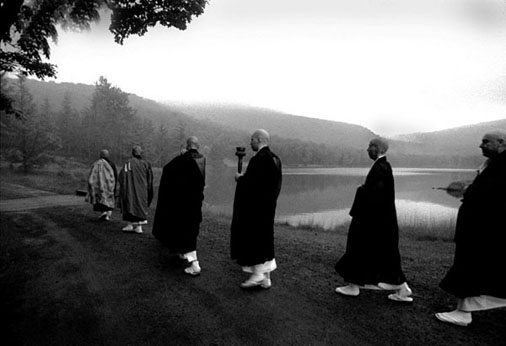Getting reacquainted with the nightmare that is commuting
I have to admit in the last few years I have become incredibly spoiled. Since 2010 or so, for the most part I have been a 'work at home' person, (when not on the road at really tough duty places like Las Vegas, Chicago, or the San Francisco area). I have not had to deal (much) with what the below chart shows, that about 95% of the rest of the American working population put up each day with the commute to and from their workplaces.
Here's the chart I am talking about (hat tip to the NPR Planet Money blog), and I'll have some comments after the break...
Notable in the Census Bureau stats on commuting is the decline over the last 50 or so years in the percentage of workers that work at home and the percentage that are using public transportation. The Census folks think that the 'work at home' dip over that time horizon is mostly due to the dramatic decrease in family farmers, (who mostly worked and lived on their own farms). The drop in public transport is chalked up to the rise of the suburban lifestyle which combined to put people farther away from the traditional pockets of employment in the city centers, and are simply not served with as many, or any, public transport options.
Regardless of where you reside across the spectrum of commuting options, it seems to me that one thing is almost universally true - most of us loathe, dread, and hate our commutes.
I thought to post about this today for two reasons, one, I had seen the NPR piece yesterday and found it interesting, and two, I've had to leave my cushy basement home office each of the last three mornings to take my son to a summer camp/program this week. So instead of my usual groggy stumble down one flight of stairs to the coffee pot, followed by a slightly less groggy stumble down a second set of stairs to the office, I've had to join the other 84% or so of folks out on the road each morning, dealing with traffic, (admittedly not much), traffic lights, and everyone who is not as accomplished a driver as me, (everyone).
And I have been reminded how horrible commuting is, even when it is 'good' by national standards, (the camp location is about 9 miles away, probably 20-25 minutes each way).
What's the point of all this?
I guess to share the stats in the chart above as they were kind of interesting and surprising. Sometimes we 'work at home' folks socialize and collaborate with so many other work at home folks that we get deluded into thinking way more people also work at home than actually do. If you are working at home, even in 2013, you're the outlier.
And second, to think about some ways we can make life a little better for the 84% in their cars, alone each day. Whether it's flexible starting/ending times to get people out of rush hour a little more, the chance to skip the road all together once a week or so and join us weirdos that work at home, or even some kind of little perk like onsite car washes, oil changes, tire rotations - that kind of thing. It seems to me that 84% of your workforce is likely starting the workday ticked off about something that happened on the road on the way in. That can't be good for those 8:00AM staff meetings.
Commuting is horrible, even when it is easy, and even when you don't have to do it all that often.
I could not imagine going back to that grind every day.
What can/are you doing to make your commute a little more bearable? Hit me up in the comments.

 Steve
Steve


